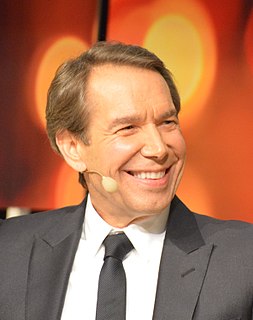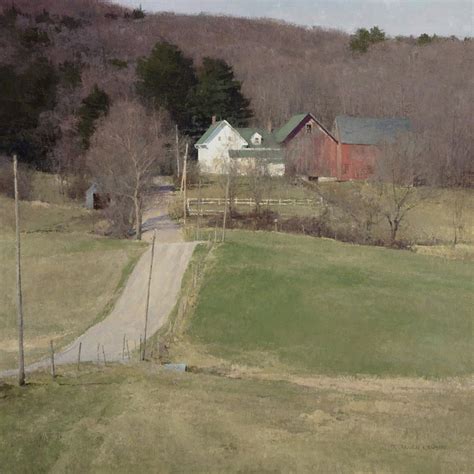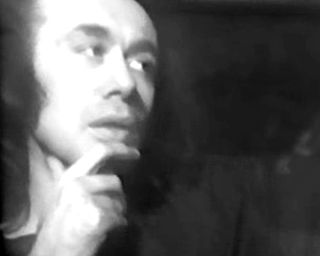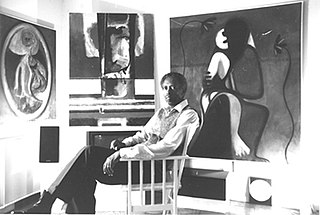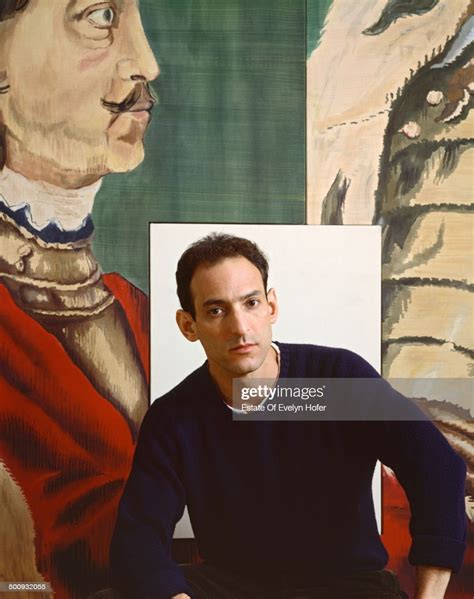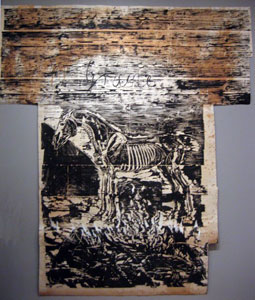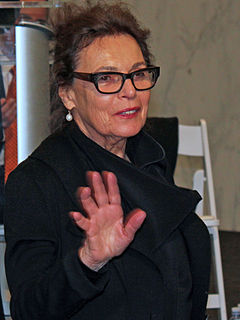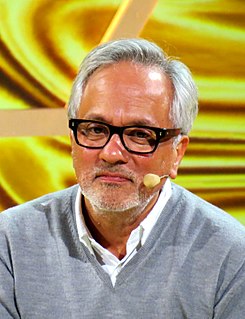A Quote by Jeff Koons
I am very conscious of the viewer because that's where the art takes place. My work really strives to put the viewer in a certain kind of emotional state.
Related Quotes
I didn’t want a completely passive viewer. Art means too much to me. To be able to articulate something visually is really an important thing. I wanted to make work where the viewer wouldn’t walk away; he would giggle nervously, get pulled into history, into fiction, into something totally demeaning and possibly very beautiful
What I never wanted in art - and why I probably didn't belong in art - was that I never wanted viewers. I think the basic condition of art is the viewer: The viewer is here, the art is there. So the viewer is in a position of desire and frustration. There were those Do Not Touch signs in a museum that are saying that the art is more expensive than the people. But I wanted users and a habitat. I don't know if I would have used those words then, but I wanted inhabitants, participants. I wanted an interaction.
I don't need to control the mind of my viewer. Now this might sound contradictory because I want to make these installations set up an environment that will produce a certain kind of experience in the viewer, but beyond a certain point, I take hands off and leave it up to chance and personal experience. So maybe it's a marriage of control and no control we're talking about where the artist produces the artifact or the environment and then walks away from it, and the second half of the equation is the viewer and their personal history and how they feel about what they're experiencing.
I always like to believe that my work is about the expansion of the possibilities of the viewer. So if you have a sense of a heightened situation where there's an excitement, a physical excitement and an intellectual stimulation, there's just this sense of expansion. Because that's where the art happens. Inside the viewer.
No one's quite figured out how to make the images come to the viewer. I guess if they put it on a conveyor belt, you could stand in one place like at sushi restaurants. That could be a next generation of museums. Someone should try that. I think ideally you want to have a contemplative space for the viewer. And shuffling around like a chain gang does work against that.
A lot of the pieces I've done over the years have involved alterations of scale and the idea of the viewer's relationship to the object and how we see things by either enlarging or reducing objects, it causes the viewer to look at them again. It's hard to do because our culture is so bombarded by images and media. How do you make something fresh for a viewer? That's a real challenge.
